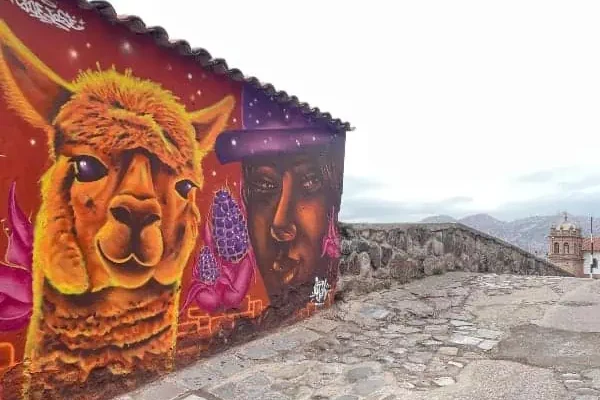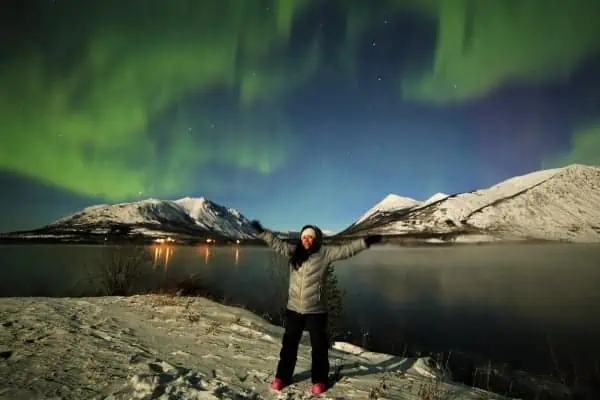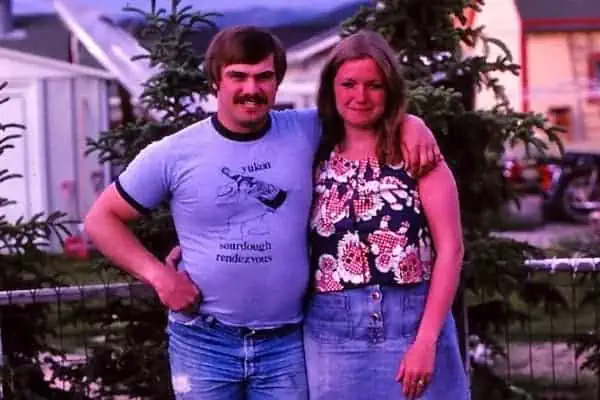On July 2, 1998, as Canada Day weekend celebrations carried out across the Yukon, a wildfire ignited. It was one of the largest and most expensive wildfires in the history of the territory. It was preventable and began after a campfire was not properly put out.
It started at the north end of Fox Lake, about 65 km north of Whitehorse. It burned 45,125 hectares at its peak. One hectare is the size of two football fields; the fire was about 27 times the size of Fox Lake.
The fire came within two km of the Braeburn lodge, which caused several road closures. It cost 2.5 million dollars to extinguish and left the land deeply changed.
“It was a late season fire, meaning that fires at this time can be a little more severe and the ecological impact can be different,” says Mike Etches, Director of Wildland Fire Management. “After 18 years you can still see the impact left on the area. While wildfire is a natural part of the ecosystem, in this case, it could have burned down a lodge – not to mention the suppression costs and the fact that the fire was totally preventable.”
There is a simple and easy way to properly extinguish a campfire. Begin by soaking the fire with water. Then stir the embers and soak again. Repeat until the embers are cold to touch.
Humans cause about half of the Yukon’s wild fires each season. Here are ways to ensure you don’t. Before you light a fire, make sure they aren’t banned in the area. If they’re permitted, check the weather: are the conditions such that you can still safely burn? If it’s too windy, don’t burn. When deciding where to have a campfire make sure you use the designated fire pit, if there is one. If not, build a ring of rocks and keep the fire small and at least three metres away from shrubs, structures and debris.
Even at home there are things we can do to prevent fire – most people in the Yukon live in forested areas, so the risk of wildfires is a reality.
Fire Smart your home and community. It lowers risks and prevents wildfires.
Etches describes Fire Smart as, “a big term, turned into a kind of catch-all term for fuel management, to reduce the risk of wildfires to people’s properties and the community.”
Create a wildfire safety zone around your home by removing fuel for a fire. Start with a general yard clean-up. Remove anything that can fuel a fire like branches, needles, underbrush and mature trees. Get rid of anything that has the potential to cause a ground fire that will climb up into the forest canopy.
The first 10 metres around your home is the Priority Zone 1. It is the most critical area for fire protection. This cleared space gives fire officials a better chance of saving your home from an advancing fire.
Is your roof Fire Smart? What about your walls and windows? Clean your gutters and move your firewood 10 metres away from your home. These are all things to consider when trying to reduce wildfire risk.
Now is the time to create a wildfire safety plan for your property. Keep a garden hose and nozzle connected to a clearly identified area outside your home. Test the pressure. Can it reach your roof and exterior walls?
Although it seems a daunting task, Wildland Fire Management can’t do their job without help from the public. Don’t start a wildfire. Be safe, be responsible, and Fire Smart your home.
“If you take the steps to protect your home then there will be no disaster. Fire is just a natural ecological process. If there are no values at risk, we can let the fire burn naturally, however in cases, like the Fox Lake fire, when values are at risk efforts to suppress the fire must be taken,” says Etches.
Together with Wildland Fire Management, you can work to minimize the impact of fire on your home, on your community and on your Yukon.




